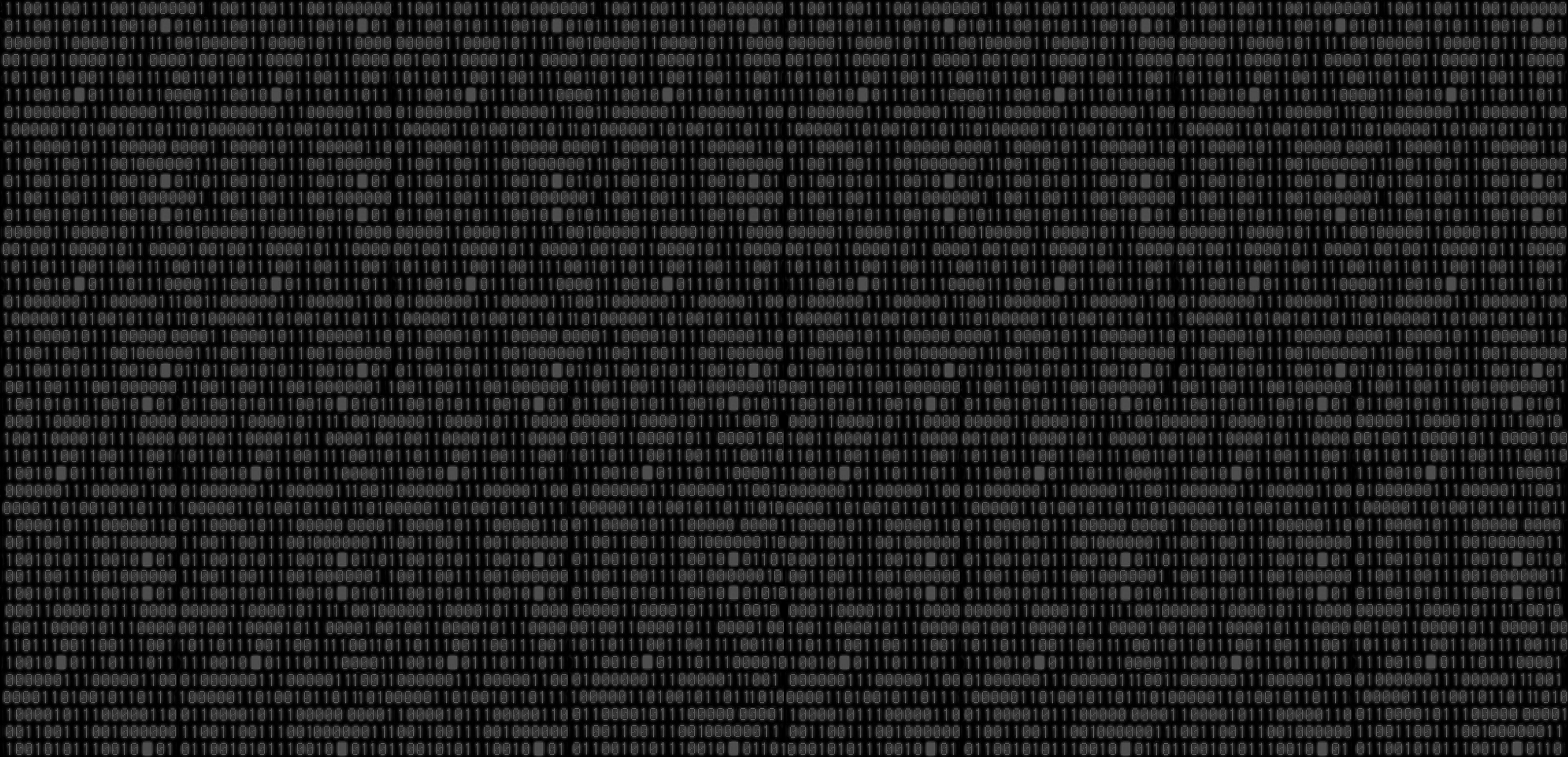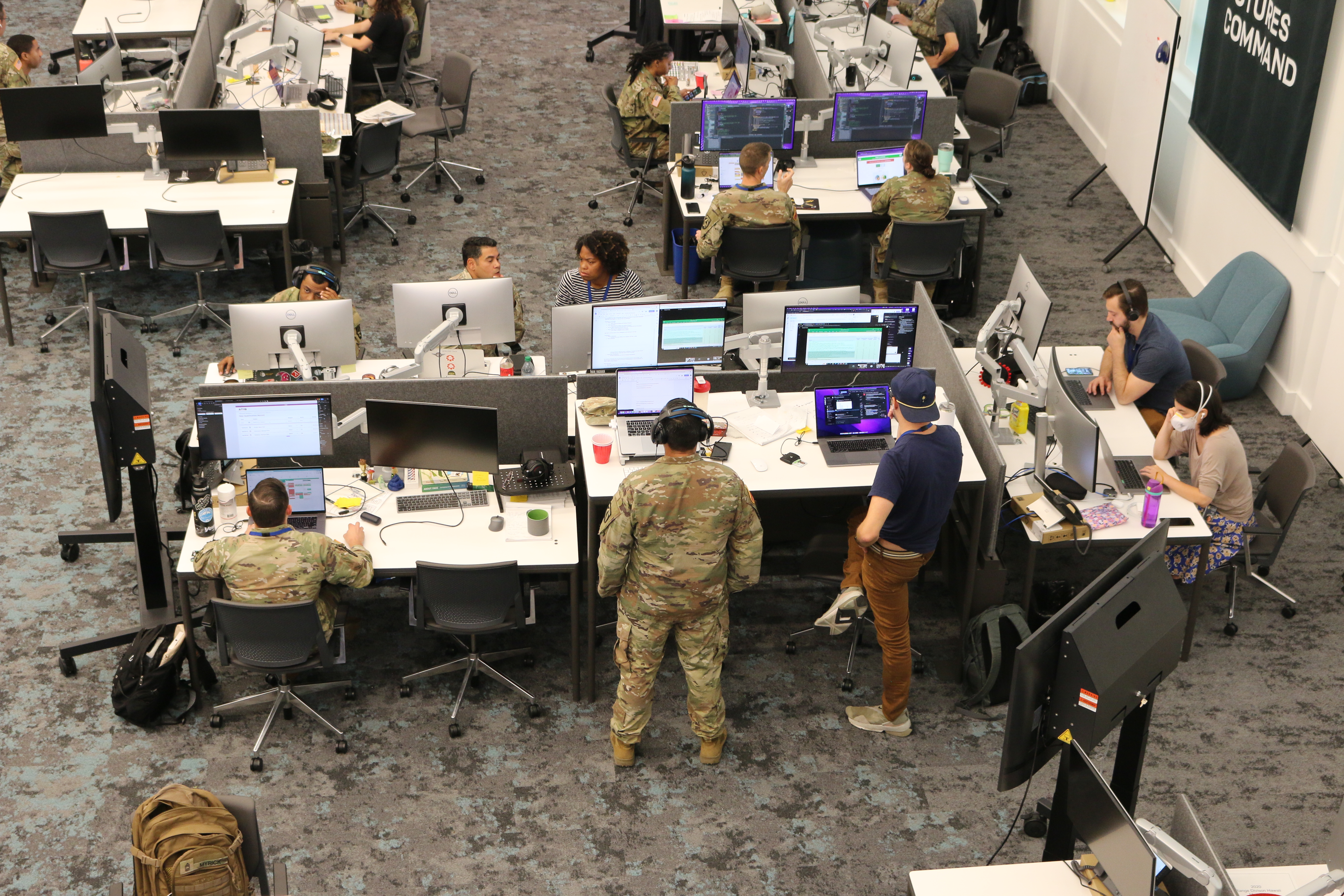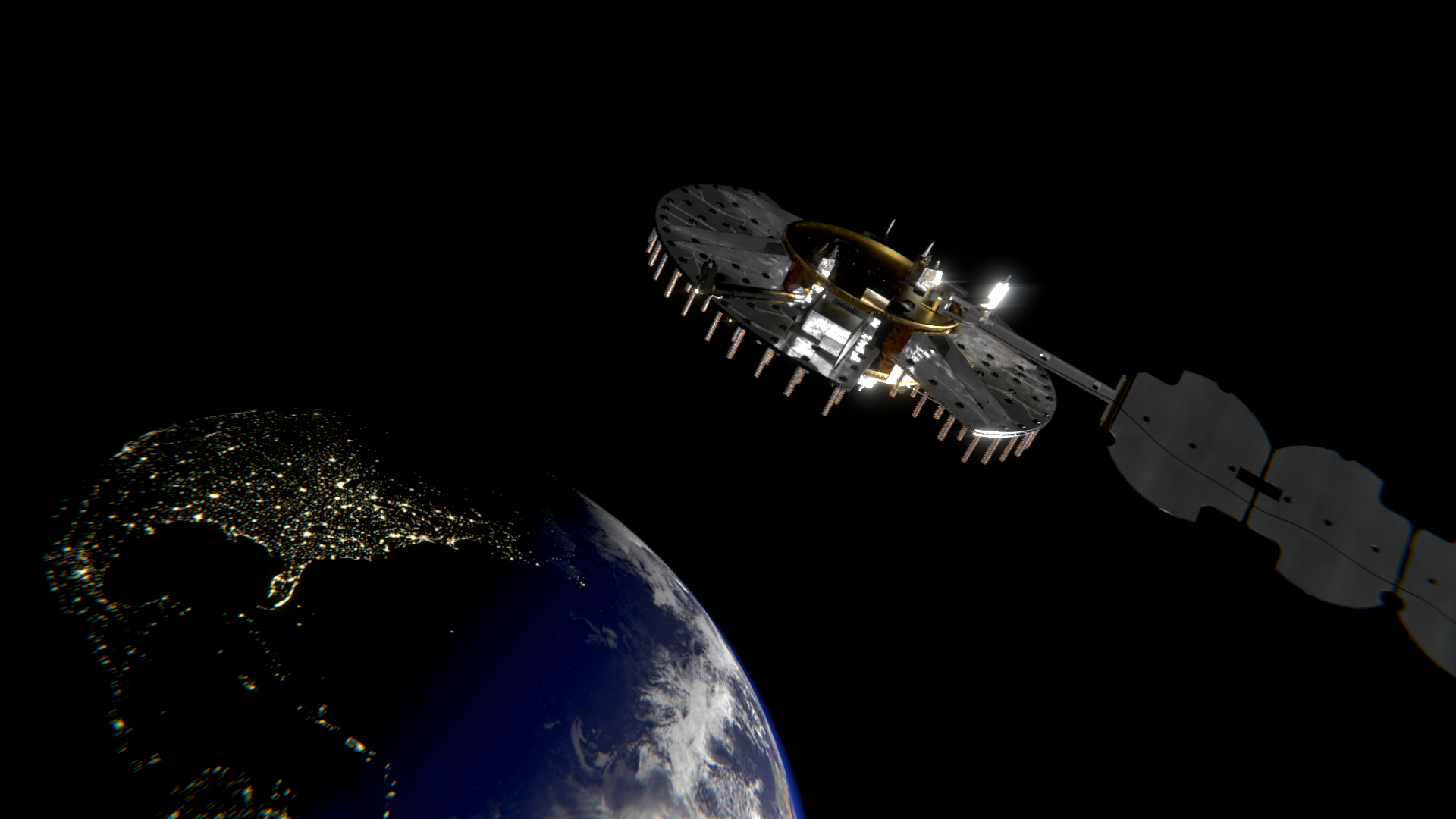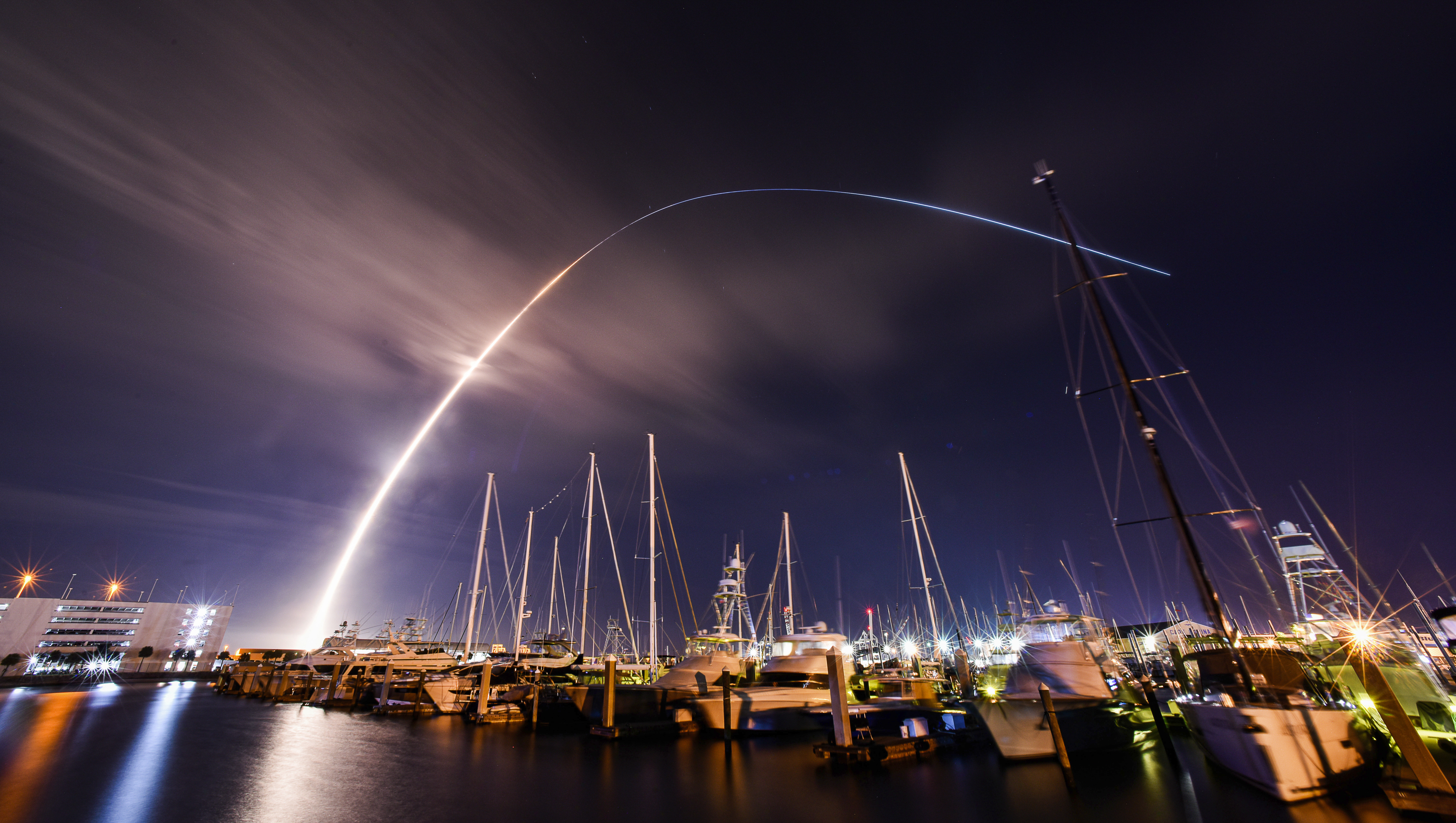
In the more than four decades he’s been in show business, Chuck Norris has built a name for himself that’s instantly recognized around the world. In his 2004 autobiography Against All Odds, Chuck Norris said he had to claw his way up from having a four-word bit part in his first film to being deemed worthy of starring roles in big-budget productions — all despite the naysayers who insisted that a mild-mannered karate champ could never make it big in Hollywood.
Despite his success, Chuck Norris never forgets to give credit to those who helped him navigate his circuitous path to the top and always manages to find time to spread the magic of the martial arts to those who need it most — as is demonstrated in this Q&A from the Black Belt archives.
The Wrecking Crew (1969)
Black Belt: Your movie career began in 1969 with an appearance in The Wrecking Crew. What do you remember about that role?
Chuck Norris: (laughs) That’s going a long way back. Bruce Lee was the stunt coordinator on that film, and he asked me if I wanted to play this part. And I said, “Oh yeah, it sounds exciting.” So they gave me the script, and I had one line in it. I studied it for two weeks, trying to figure out how to say it.
On the day of shooting, Bruce wasn’t even there. Before he went off to do something else, he said: “Oh, you know how to do the fight scenes. You don’t need me here.” But I was nervous as can be. My one line was, “May I, Mr. Helm?” which I had to say when Dean Martin walked into the club to see Elke Sommer and Nigel Green.
As he walked in and I was sitting in this booth, I could feel my throat tightening up. I jumped up and tried to say, “May I, Mr. Helm?” My throat froze up, and I couldn’t even say it. Of course, they didn’t care. Then I did the fight with Dean Martin, and it was fine.
Return of the Dragon (1973)
Return of the Dragon included a monumental battle between you and Bruce Lee that people are still talking about.
Yeah, that was amazing. Bruce had left for Hong Kong to pursue his movie career, and I didn’t hear from him for a couple of years. Then he called me out of the blue and asked if I would be his opponent in this new movie, which he was directing, as well. He said, “I’m going to do this big fight scene in the Colosseum in Rome — a fight to the death, like two gladiators.” And kiddingly I went, “Well, who wins, Bruce?” And he said, “I win; I’m the star of this movie.” I said, “Oh, I see.” Because I held the world title then, I said, “So you want to beat the world champion?” And he said, “No, I want to kill the world champion.” I said, “Oh … OK.”
Were you happy with the way the fight came out?
Oh yeah. It became a classic. Even to this day it’s still … we just went to a Target [store], and in the DVD section there was only one copy of Return of the Dragon left on the rack. It’s amazing.
Breaker! Breaker! (1976)
I remember Breaker! Breaker! — in which you played a trucker— because I saw it at a drive-in theater in 1976.
Breaker! Breaker! was a real low-budget film. We actually had to shoot a promo to get the investors to put up $240,000. It was my first strong acting role. Eighty percent of the people in it were my black belts — my students. It was fun to do, but it didn’t do much for my reputation because it was a trucking film. It wasn’t a “Chuck Norris movie” per se.
Good Guys Wear Black (1977)
That was my first real film, and it was tough because there was a lot of dialogue. But luckily it had a lot of good actors — James Franciscus, Anne Archer, Lloyd Hanes — and they helped me a lot. We actually had to “four-wall” Good Guys Wear Black. No movie studio wanted the film, so we went out and four-walled it, which means we rented the theaters and whatever money came in, we could keep. I went around from market to market promoting the movie, and it did really well.
What do you remember about the pivotal scene in which you execute a flying side kick through the windshield of the moving car?
That’s really what sold the movie; it was the promo that brought a lot of people into the theater. Producers didn’t think martial arts films had any life after Bruce Lee, but Good Guys Wear Black proved martial arts films still did have life. Now, that movie played in a lot of drive-ins. I went to one in Chicago, and cars were lined up for blocks to get in. I walked into the snack bar, and people started asking me to sign autographs. There was a line of women — because all the guys were watching the movie — and one of them was pregnant. Then her water broke, and she went into labor right there in the snack bar. I ran over, picked her up and put her on the table.
Then we tried to get ahold of the husband, but he was watching the movie in one of the 2,000 cars in the drive-in. So they got on the speaker, and he finally came in. The ambulance arrived, and we helped her into it. She said, “If it’s a boy, I’ll name him after you.” (laughs) Of course, I never knew …
A Force of One (1978)
Bill Wallace played the principle bad guy in A Force of One. …
That was a film Pat Johnson wrote when I was on tour with Good Guys Wear Black. It was doing very well, and the producers said, “Let’s do another film.” So I called Pat and said, “What do you think about writing a script?” And he said, “How about one with you as a professional fighter?” I said, “OK.”
So he wrote A Force of One. No studio wanted this one, either. So I started the whole gambit again, following the same route I did on Good Guys Wear Black. And then A Force of One wound up out-grossing Good Guys Wear Black.
Chuck Norris (right) and Bill Wallace in Force of One
Photo courtesy of American Cinema
The Octagon (1979)
By that time, Good Guys Wear Black and A Force of One had grossed a lot of money, so the studios wanted The Octagon. American Cinema is the group that four-walled us; they became a public company, and they distributed The Octagon, as well.
Who were your co-stars in The Octagon?
Tadashi Yamashita was my adversary. Richard Norton was in it, as was Aaron, my brother. All the guys I fought were my black belts. They were all wearing masks, and it was funny because I was fighting them, and after I’d knock them out, they’d run around and get back in [the scene] for a second time. I was knocking them out over and over again.
An Eye for an Eye (1980)
I played a cop in San Francisco. It was an OK film. The villain was Toru Tanaka, a big Japanese wrestler. He was a great guy. And Mako co-starred in it. It was fun to do.
Silent Rage (1981)
In Silent Rage, the villain is injected with a chemical that makes him invincible.
It was about a psycho who couldn’t die. It’s amazing that out of all my films, it’s the one that makes the most people come up to me and say, “Are you going to do a sequel?” I say: “What would I do? I tried every way in the world to kill that guy. Finally, I had to dump him down a well. There’s nothing else I could do to him.”
Chuck Norris (right) in Silent Rage
Photo courtesy of Columbia Tristar
Forced Vengeance (1981)
I played kind of a cowboy who was in a casino in Hong Kong, where he worked as a bouncer/bodyguard for the owner. It was OK, but it wasn’t something I was really excited about. I had a three-movie deal with MGM, and after doing Forced Vengeance, I could see the direction they wanted to go with me. So I talked my way out of the contract because that wasn’t the direction I wanted to go.
Lone Wolf McQuade (1982)
Next up was another fan favorite, Lone Wolf McQuade, which was released in 1982.
[Lone Wolf McQuade] is one of my favorites, too. It was great working with David Carradine and Barbara Carrera. I thought it was a good fight scene with David. Gil Reyes, the big muscle-bound guy I kept knocking out, ended up becoming Andre Agassi’s personal trainer right after the film came out.
Chuck Norris (left) and David Carradine in Lone Wolf McQuade
Photo courtesy of Orion Pictures
Because your character Lone Wolf McQuade always drank Pearl beer, I actually went out and bought some. It wasn’t that great.
That reminds me … in the movie when I was in my truck, which had just been buried in the dirt, I took out a Pearl beer and poured it on my head [to revive myself]. Well, you forget that’s alcohol. I went, “Oh, man!” My eyes start burning, and I said, “What a stupid thing to do!”
Missing in Action (1984)
That film — all three of the Missing in Action films, actually — was very special to me. The first one, of course, dealt with the MIAs and my mission to rescue them. We shot it in the Philippines. In the second one, Missing in Action 2: The Beginning, I was a prisoner of war who was trying to escape and all that stuff. It was a prequel.
Code of Silence (1985)
[Code of Silence] was my biggest critical success. I played a cop in Chicago, and Dennis Farina was one of my co-stars. It was probably the first movie where the critics really praised me. They called me the next John Wayne.
Was that gratifying after having taken so much of the abuse that action stars always seem to take?
It was nice to get good reviews, which I’d never gotten before. I always felt I was a people’s actor, not a critic’s actor. Steve McQueen once said: “Look, the critics can praise you to the end of the world, but if your movie makes $2, you’re not going to work. So the thing is, as long as people come and see your movies, you’re going to keep working, no matter what the critics say.” So when I got crucified by the critics, I’d try to keep that in mind.
Invasion U.S.A. (1985)
That’s the one I shot in Atlanta and Miami. I wrote that screenplay [after] I got the story out of a Reader’s Digest, which talked about what would happen if terrorists came into our country and started blowing up schools and buses and airplanes — things that would isolate our transportation system. [It was like] 9/11. Of course, in the film it was the Russians who were trying to scare us into not leaving our homes. And I saved the day. (laughs)
Delta Force (1986)
That was a good one, too, because it was a privilege to work with Lee Marvin. He was an incredible guy, a real macho guy. He was known for criticizing everybody — all his co-stars — and he never said nice things. Then they interviewed him right after we did Delta Force and asked him about me. He said: “I liked him. He was a cool guy.” So I thought, “Thank goodness.”
Around that time, some of your martial arts fans started complaining that you were getting away from fighting with your hands and feet and getting into fighting with machine guns. …
In that particular movie, it was appropriate because I was fighting terrorists [who had taken over] a plane. But we had a good fight scene at the end. Most of it, however, was motorcycle riding and stuff like that. It was more of a stunt movie than a fighting movie.
Firewalker (1986)
That was a script I loved. It showed a lighter side of my character, and I thought it would be fun not to have to be so serious, to just be a happy-go-lucky guy. It didn’t do the gross that the other films did, though.
Had you always wanted to do a comedy?
Not a comedy — I didn’t want to be comedic. I just wanted a lighter role, and that’s what I liked about Firewalker. It was great to work with Louis Gossett Jr.
Braddock: Missing in Action (1987)
Tell us about your return to a more serious role in Braddock: Missing in Action.
The third Missing in Action film was about the Amerasian children in Vietnam. The story was, I was married to a Vietnamese woman. I thought she was killed but she wasn’t. She was actually expecting a baby. Years later, I found out about it and went back to rescue them.
Hero and the Terror (1988)
That was shot here in Los Angeles. It was a scary movie. The bad guy was a monster, a huge guy. It was OK, but it wasn’t one of my favorites.
Delta Force 2: Operation Stranglehold (1990)
That was a film we shot in the Philippines, too. It was just an action film. I had a lot of fun doing it.
The Hitman (1991)
That was shot in Vancouver, Canada. It showed the darker side of my character — the opposite of Firewalker. I played a cop who was double-crossed by his partner and left for dead. Then he went undercover to crack this Mafia. And you really saw the dark side because he was a cold-blooded killer. He started questioning his loyalties, and being undercover for so long, he began to wonder who his true friends were: the FBI or the Mafia. That can actually happen to law-enforcement officers who go under deep cover. Sometimes their mind starts playing tricks on them. That’s what The Hitman was all about.
Sidekicks (1993)
Sidekicks was very successful. A friend of mine put up the money for it — a guy named “Mattress Mac.” Mattress Mac owned — and he still does — one of the most successful furniture companies in Texas. He was actually the first man to put up money for KICKSTART, then known as Kick Drugs Out of America. I met him and his wife, Linda, at a charity function and started telling them about what I wanted to do with at-risk kids and all that.
The next day, I went to their office and told them more about the program. Linda pulled out her checkbook and started writing. I was wondering how much they would give me — $5,000 maybe? I would have been excited about that, but she handed me a check for $50,000! Then Mac started promoting the program on his radio spots. All of a sudden, we had people coming in. I don’t know if I would have gotten it started without their help.
Hellbound (1994)
It was an interesting movie, a little on the lighter side. [My adversary] was the devil — or his helper or whatever, a guy who had lived thousands of years. King Richard actually entombed him, then hundreds of years later some guys opened the tomb and let him run rampant. It was half humor and half sci-fi. I enjoyed the trip to Israel, where it was filmed.
Top Dog (1995)
It was interesting working with a dog — even though they always say, “Never work with dogs or children.” This dog was incredibly smart. I was doing a scene where the dog and I were running, and we both had our marks to land on. I ran up and looked — and missed my mark by two or three feet — but the dog landed right on his. And they said, “Chuck, if a dog can land on his, you can sure as heck land on yours!”
Forest Warrior (1995)
[Forest Warrior] was a cute movie we shot in Oregon. I played a man who gets killed and becomes a spirit in the mountains. Then I help these kids. It’s a nice family film.
Which is your favorite, and which are you most proud of?
I have to say I’m proud of them all. My favorite? That’s a tough one because each has a special [meaning] to me. The Missing in Action films were very special because they were really the ones that [took] me to a higher level [where I was] more in demand. They helped spearhead my career. Of course, Code of Silence is special because it was a critical success. And Lone Wolf McQuade was a fun film.
About the Interviewer: Robert W. Young is the executive editor of Black Belt. For more information about Chuck Norris movies, visit chucknorris.com.
Chuck norris, Bruce lee, Martial arts movies
Black Belt Magazine
[crypto-donation-box]







